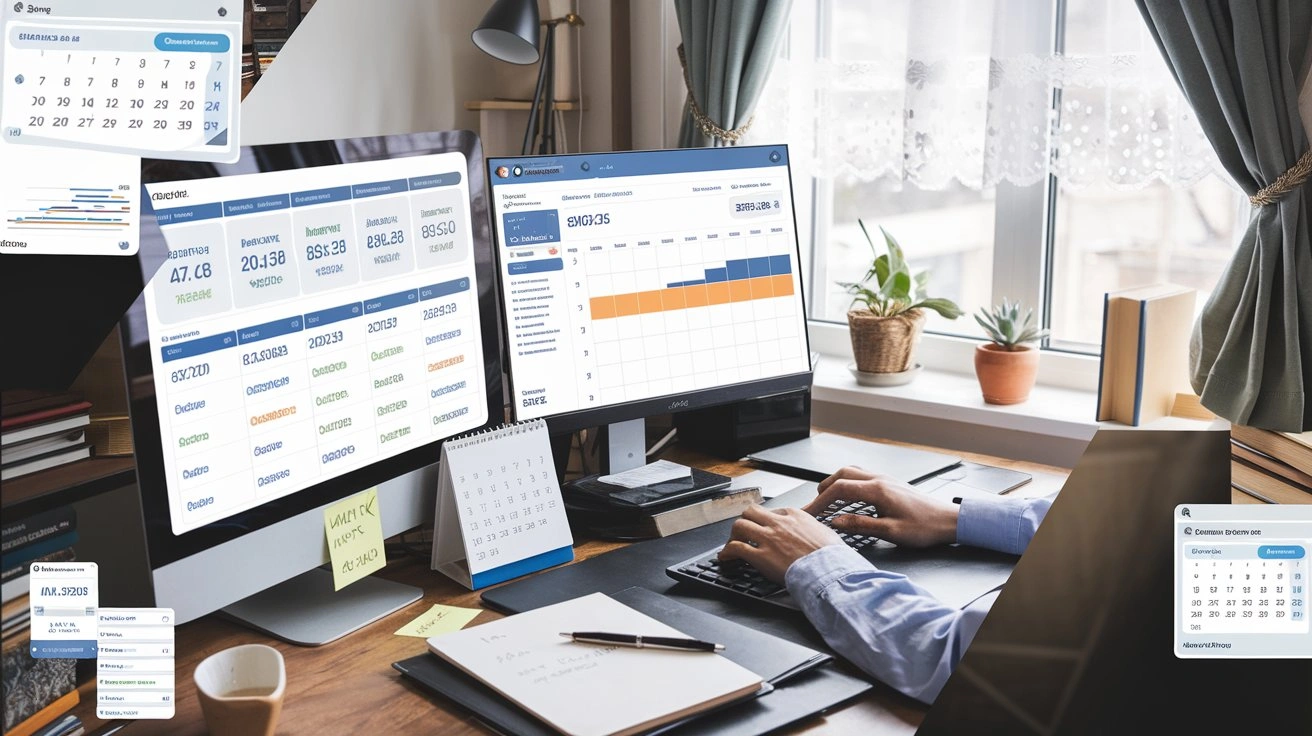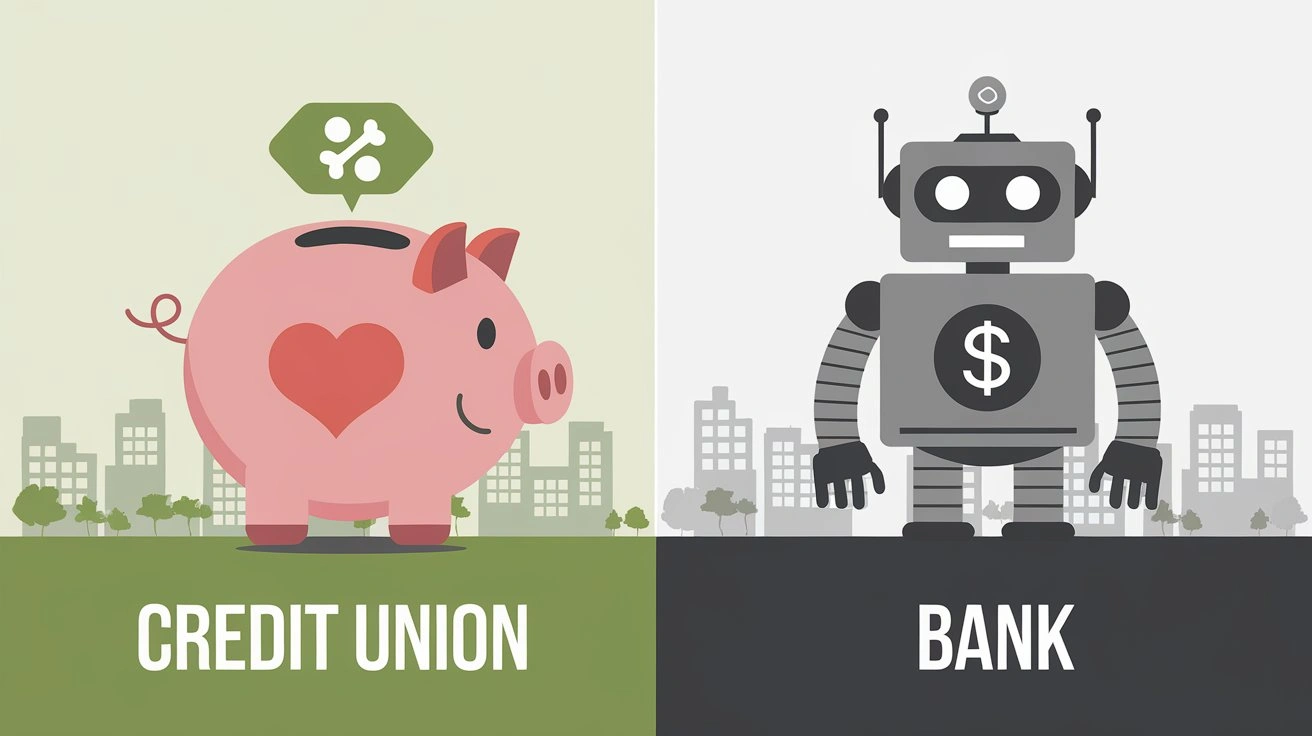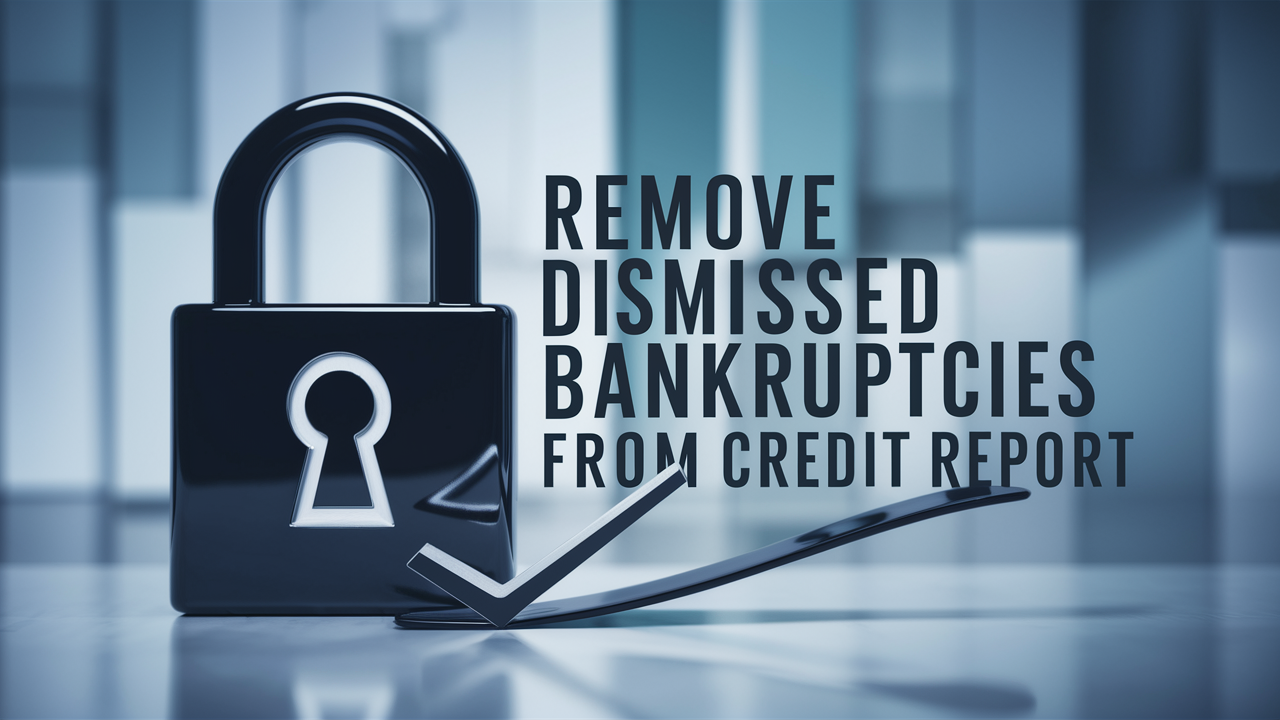Simplified Steps: Removing Collections from Credit Report

A collection account on your credit report can feel like a major setback, impacting your ability to secure loans or access favourable credit card terms. It directly affects your credit score, signalling to lenders a history of potentially mismanaged debt. This comprehensive guide will break down the intricacies of collections, explain how they affect your credit score, and outline practical strategies for removal, ultimately empowering you to regain control of your credit health.
Understanding Collections and Their Impact on Your Credit
Most people understand that a credit report acts as a financial report card, illustrating your history with debt repayment. But what exactly are collections, and how do they end up in this crucial document?
Essentially, a collection account arises when an original creditor gives up on recouping a debt directly from you and sells it to a collection agency. This agency then reports the debt to the credit bureau, becoming a part of your credit history, often leading to a lower credit score.
The Basics of Collections on Credit Reports
To fully grasp the implications, it's essential to understand how collections operate. Let's break it down: When you miss a payment on a debt, such as a credit card bill or a loan, the creditor typically sends reminders and attempts to collect the payment.
As these attempts prove unsuccessful and your debt ages, the original creditor might decide to sell it to a third-party debt collector. The involvement of a debt collector is a clear indication that the creditor has deemed the debt difficult to recover.
Once the debt is sold, the collector reports it to one or more of the three major credit bureaus: Experian, Equifax, and TransUnion. This derogatory mark on your credit history signals to future lenders that you have a history of unpaid debts, potentially making them hesitant to lend to you.
How Do Collections Affect Your Credit Score?
Your payment history holds significant weight in credit score calculations, often accounting for a substantial portion of your overall score. Since your credit score serves as a numerical representation of your creditworthiness, collections can significantly impact how lenders view your financial responsibility.
Collections signal to potential lenders or creditors that you have a higher risk of defaulting on future payments. A lower credit score resulting from collections can result in higher interest rates on loans, less favourable credit card terms, or even difficulty securing new credit altogether.
Given that the major credit bureaus share information, a single unpaid debt can have far-reaching consequences on your creditworthiness across various financial institutions.
Identifying Collections on Your Credit Report
Before strategizing removal tactics, you first need to identify if collections exist on your credit report. Familiarizing yourself with the content of your report is the first step to regaining control.
Fortunately, accessing your credit report is relatively straightforward. Federal law mandates that each of the three major credit bureaus provides you with a free credit report annually.
Steps to Locate Collections on Your Report
Begin by obtaining your free credit report from each of the credit reporting agencies — Equifax, Experian, and TransUnion. It's recommended to request a report from each bureau as they might contain slightly different information.
Upon receiving your reports, review them carefully. Collections are usually listed prominently and might appear under sections labelled "Collections," "Negative Items," or something similar.
As you examine the collection entries, take note of the original creditor's name, the collection agency's name, the date the debt was incurred, the amount owed, and the account numbers.
Verifying the Accuracy of Collection Entries
Mistakes can happen, and it's not uncommon for credit reports to contain inaccurate information. Before assuming a listed collection is entirely valid, take the time to verify its accuracy.
Start by cross-referencing the information on your credit report with your records. This includes comparing account numbers, dates, and creditor names with your bank statements, credit card bills, and loan documents.
Below is a table highlighting common inaccuracies to watch out for:
Strategies for Removing Collections from Your Credit Report
Once you've identified and verified any collections on your report, you can begin exploring strategies for their removal. Remember, successfully removing a collection can significantly benefit your credit score over time.
The following sections detail three primary methods for removing collections: disputing inaccuracies with the credit bureaus, negotiating with creditors for goodwill deletions, and opting for pay-for-delete agreements.
Disputing Inaccurate Collections Directly with Credit Bureaus
If you believe any information regarding a collection on your credit report is inaccurate, you have the right to dispute it under the Fair Credit Reporting Act (FCRA). Filing disputes with the credit bureaus initiates an investigation into the legitimacy of the reported information.
To initiate the dispute process, contact the relevant credit bureau directly through its website or via certified mail. When filing a dispute, include a copy of your credit report with the disputed information highlighted, a detailed explanation of the inaccuracy, and any supporting documentation you have.
The credit bureau will then investigate the dispute with the debt collection agency to verify its accuracy. If the information is found to be inaccurate or unsubstantiated, the credit bureau is legally obligated to correct or remove the collection from your credit report.
Negotiating with Creditors: Pay for Delete Agreements
Negotiating with creditors directly can be another effective strategy, especially if you can reach a pay-for-delete agreement. This involves negotiating with the original creditor or the collection agency to remove the collection from your credit report in exchange for full or partial payment of the debt.
While creditors are not obligated to honour such requests, they might be more inclined to agree if the debt is older, the amount is small, or you're willing to pay a significant portion upfront. Keep in mind that pay-for-delete agreements operate in a grey area, so ensure you get any agreement in writing before making any payments.
It's important to proceed with caution and consult a financial professional before entering into any such arrangements.
The Role of Goodwill Letters in Removing Collections
In certain situations, even if you acknowledge the debt is valid, you can attempt to remove it through a goodwill letter. This letter appeals to the creditor's empathy and requests the removal of the collection as an act of goodwill, especially if you have extenuating circumstances or a positive payment history.
While not always successful, goodwill letters can be effective if the collection resulted from a temporary hardship, an oversight, or an error on the part of the original creditor.
Crafting an Effective Goodwill Letter
An effective goodwill letter is concise and sincere and explains the circumstances surrounding the debt without making excuses. Start by acknowledging the debt and expressing remorse for the late payment.
Detail the reason behind the late payment, offering context without placing blame. If possible, highlight your positive credit history and your efforts to improve your financial situation.
Lastly, formally request a goodwill deletion, emphasizing how this gesture would help you achieve future financial goals. Resources like the Consumer Financial Protection Bureau (CFPB) offer templates and helpful tips for crafting impactful goodwill letters.
When to Send a Goodwill Letter for Best Results
Sending a goodwill letter is generally a good idea when you have a valid reason for falling behind on payments. For instance, if a job loss, medical emergency, or divorce led to financial hardship that resulted in the collection, explaining this situation in your letter could increase the chances of a goodwill deletion.
Additionally, consider sending a goodwill letter if the collection is relatively recent and was an isolated incident in an otherwise spotless credit history. Creditors might be more willing to consider your request if you've been a responsible borrower in the past.
While you can certainly attempt to write and send a goodwill letter independently, some individuals choose to seek assistance from credit repair companies.
Conclusion
In conclusion, understanding and addressing the impact of collections on your credit report is crucial for maintaining a healthy credit score. By following the steps outlined in this guide, such as accurately identifying collections, disputing inaccuracies, and negotiating with creditors, you can work towards removing negative marks from your report. Utilizing strategies like goodwill letters can also play a significant role in improving your credit profile. Remember, taking proactive steps to address collections can help you rebuild your creditworthiness and financial stability over time. If you require further guidance on managing collections or improving your credit report, feel free to explore our resources or seek professional advice.



